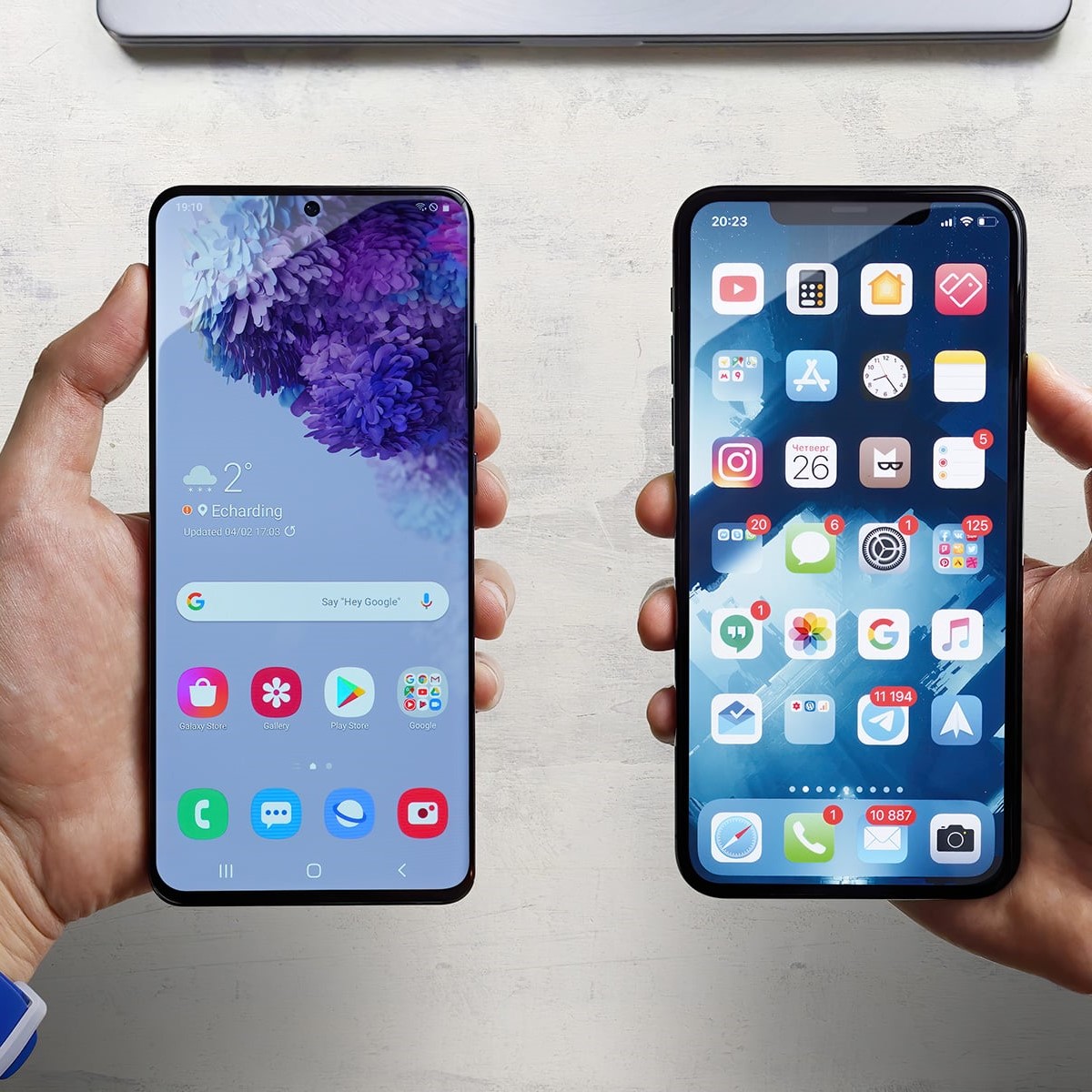may 25, 2023 | mobile app development
iOS Vs Android Apps – 5 Things You Need To Know

There are 2 main operating systems of the mobile application industry. One of them is the iOS (developed by Apple), the other is Android (developed by Google). The general consensus is that Android allows for more programming customization, while the iOS operating system is known for its security and reliability. Let’s go through 5 of the key differences between them both.
1. Development Language
Software engineers code and progressively develop applications before deploying them on these platforms. Android developers use Java to write the code and use Eclipse IDE or Android Studio to test the functionality of the application. Whereas developers use a novel programming language called Swift to develop the applications for iOS, in a development environment called XCode. Engineers use this environment to design novel apps for iPad, iPhone, and MacBook from scratch.
2. Resolution of Apps
Android handsets have a varied resolution which leads to contrasts in application designs. Apple devices, such as the iPad and the iPhone, have two size variants. This helps iOS developers to design an application with just a few resolution variations. There is a larger number of devices that run on Google’s Android. This result urges developers to engineer and deliver the application with multiple resolutions so that it can run smoothly on all devices. Unlike the iPhone and iPads, very few android handsets have the same screen size.
3. Application Development Time
When it comes to the complexity of application development, iOS overrides Android applications. iOS applications run only on a few devices, but Android runs on several devices. The coding language Swift is far less complex compared to Java. Researchers need to write less code with Swift and build the application in less time. Android development takes a long time due to a comprehensive range of operating systems. Thus, Android-based platform creation is long-drawn and slow in terms of OS fragmentation. From our internal benchmarks as a mobile app developer based in Singapore, it typically takes 30-40% extra time to deploy an Android-powered mobile app in contrast to an iOS app.
4. App Revenue & In-App Purchases
Both iOS and Android apps have similar monetization methods. Both are taking a commission of 30% for any purchases made directly from the Apple/Android apps store, and any in-app purchases made directly from the mobile app. There isn’t a restriction on the ad networks too. Both iOS and Android apps are allowed to be monetized via ads.
5. Usage Demographics
Statistics show that users with a higher income, above 35 years of age, use iOS applications. Android applications have a universal age-group audience due to their more open-ended customization features. Apps are widely available, on both platforms, with some differences in user experience.
Android and iOS
From a usage perspective, most enterprise businesses will have their apps deployed in both the Android and iOS app store. What matters most is that the app has the same user experience, user interface and functionality in both the Android and iOS apps.
Speak with us today on your mobile application development needs!
mobile app development
UI/UX
Share this on:
